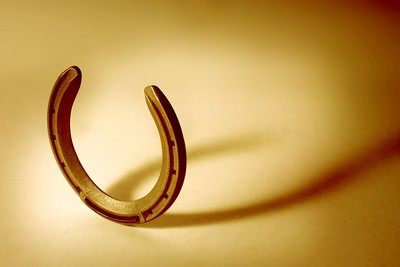 While there are some disagreements as to when the first ever Grand National took place, one thing that is not up for debate is how much this race – which was founded nearly two centuries ago – has changed in the meantime.
While there are some disagreements as to when the first ever Grand National took place, one thing that is not up for debate is how much this race – which was founded nearly two centuries ago – has changed in the meantime.
From the Grand National’s creation to becoming a handicap, the naming of those famous fences and even how we watch the big race on television, we outline how the Grand National became the race we know it today.
When Was the First Ever Grand National?
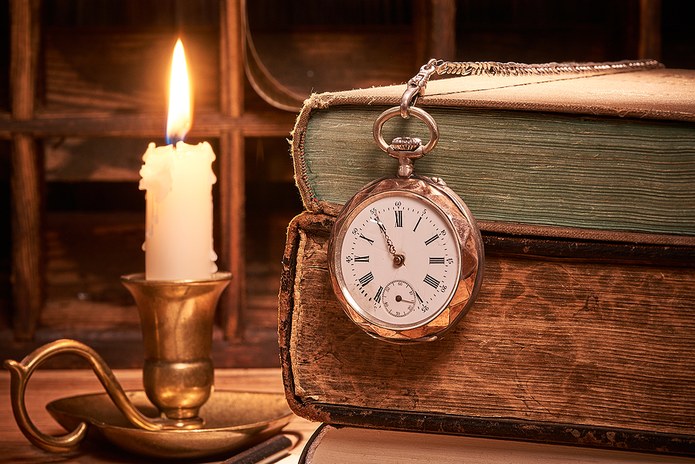
This is a hot potato of a question that tends to get sporting historians rather hot under the collar.
What is agreed is that William Lynn, the owner of Aintree’s Waterloo Hotel, was the driving force behind the creation of the Grand National back in the 1820s.
He acquired the land that would become Aintree racecourse, set out the track and paid for a grandstand to be built on the site – for which Lord Sefton was invited to ceremonially dig the foundations in 1829.
But when was the first Grand National held? Nobody has a concrete answer for that, with some claiming 1836 (although it was called the Grand Liverpool Steeplechase then) and others declaring the 1839 edition as the first ‘official’ edition of the race.
In that year, a race committee was set up to promote the event nationally, while a rail link that connected both Manchester and Birmingham to Liverpool was coincidentally built, enabling a huge audience to attend.
Who Won the First Grand National?
Without a definitive answer to the above question, there’s no way we can say unequivocally who the first Grand National winner was.
First Grand National Winners
| Grand Liverpool Chase | Grand National | |
|---|---|---|
| Year | 1836 | 1839 |
| Horse | The Duke | Lottery |
| Trainer | Unknown | George Dockeray |
| Jockey | Capt. Marin Becher | James ‘Jem’ Mason |
| Age | 7 | 9 |
| Weight | 12-00 | 12-00 |
| Odds | 3/1 | 5/1 |
If we go with 1836, then the first ever Grand National winner was called The Duke, and he was ridden by Martin Becher – one of the Aintree track’s most famous fences, Becher’s Brook, would be named after him after a famous fall into the water in 1837.
But if we are declaring 1839 as the first edition of the Grand National, then the winner was Lottery, ridden by Jem Mason.
A full list of the Grand National winners can be found here.
When Did the Grand National Become a Handicap Race?
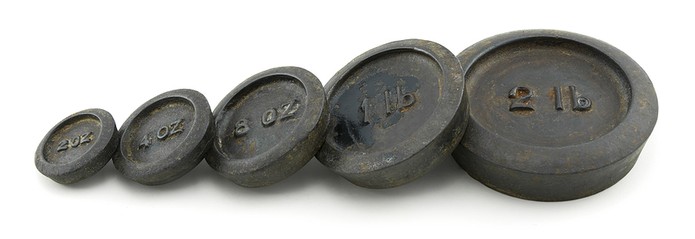
At the start of the 1840s, Lynn became ill and so he handed the reins of power over to Edward Topham, who was noted for his ability to handicap horses – fairly revolutionary at the time – with the idea of creating the fairest possible race.
And so it’s perhaps not a great surprise that, as of 1843, Topham changed the Grand National to be a handicap race – replacing the previous ‘weight for age’ rules that had been introduced in the years prior.
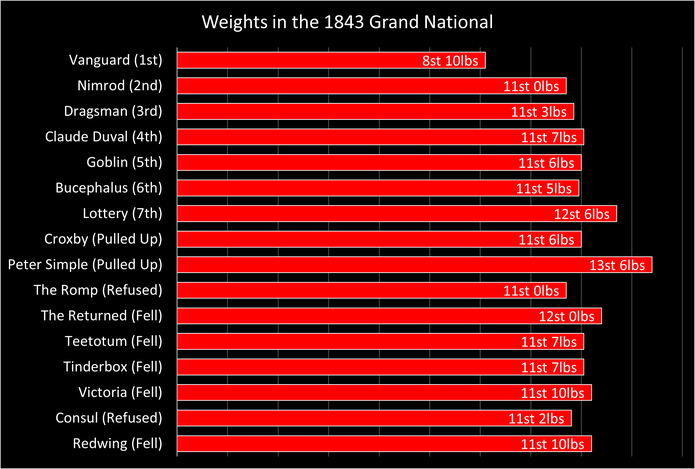
Topham would continue to be a key figure in the development of the Grand National, and in 1948 he acquired the lease of Aintree Racecourse to ensure the race would continue for years to come.
Did the Grand National Stop for the World Wars?
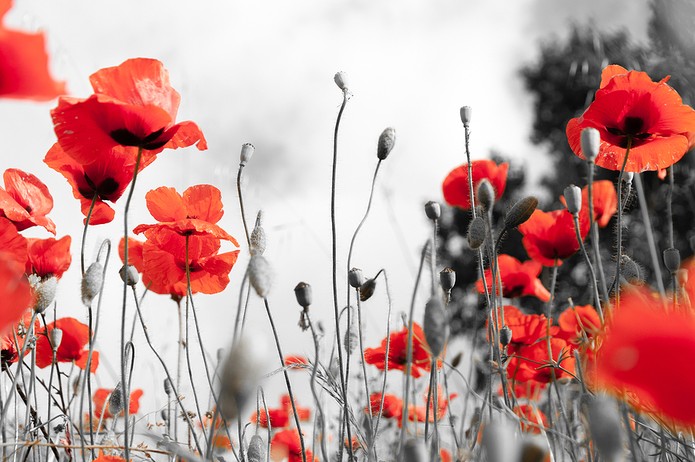
As the 1800s gave way to the next century, the Grand National saw a number of records set, with The Colonel and Manifesto the first horses to win the race more than once and jockey George Stevens winning five editions of the National – that’s a record that still stands to this very day.
Sadly, it wouldn’t be long before World War I broke out, and with Aintree Racecourse used as a makeshift war office, the action moved to Gatwick Racecourse (now land occupied by the airport) between 1916-18. These editions are not generally considered as official Grand National renewals, and have been renamed as the Racecourse Association Steeplechase and the War National Steeplechase since.
‘Grand National’ Winners at Gatwick Racecourse
| Year | Horse | Trainer | Jockey |
|---|---|---|---|
| 1918 | Poethlyn | Harry Escott | Ernie Piggott |
| 1917 | Ballymacad | Aubrey Hastings | Edmund Driscoll |
| 1916 | Vermouth | J. Bell | Jack Reardon |
During World War II, Aintree was again commandeered as a military base, and so the Grand National wasn’t run between 1941-45.
How Did the Grand National Fences Get Their Names?
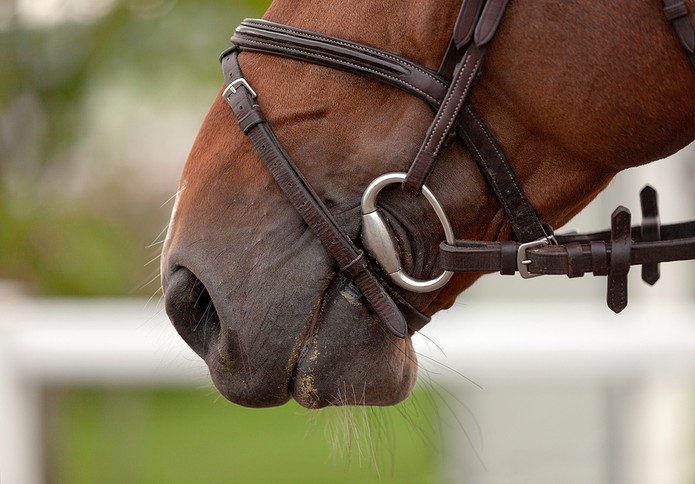
As a race packed with incident for nearly two centuries, Aintree officials have taken to naming the fences after particular episodes that have occurred.
The 16 fences, while they have been rebuilt and re-modelled over time to reflect changes in equine welfare, are still essentially the same as they have been for decades.
Becher’s Brook, named after the 1837 fall of Martin Becher, features a significant drop on the landing side, while Foinavon got its name after the horse of that moniker avoided a major pile-up at the 23rd fence to go on and win the race as a 100/1 outsider.
Valentine’s Brook is named after a course that, allegedly, jumped the fence hind legs first – answers on a postcard about that.
The Chair took its name from, you guessed it, the chair that a judge would sit on to record ‘distanced’ horses – that is, those that hadn’t passed his or her position by the time the winner had crossed the finish line.
How Has Equine Welfare Changed?
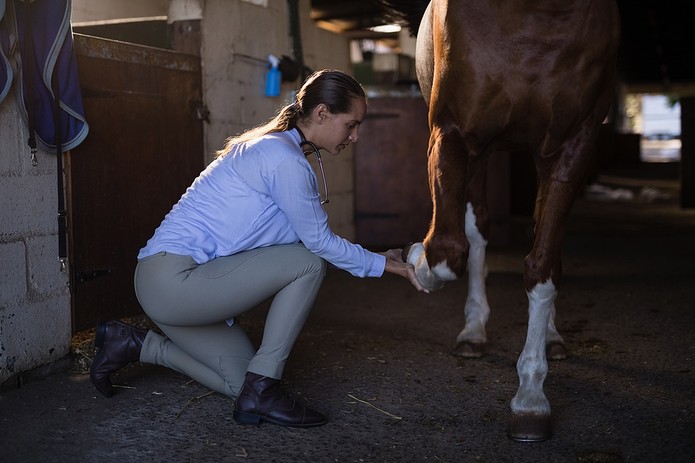
Officials at Aintree have been continuously looking at ways to improve the safety of the Grand National over the years.
They have reduced the length of the course, from 4m 4f to 4m 2f, and some of the fences have been re-modelled with plastic inserts to make them more forgiving should a horse or jockey collide with the obstacle.
The take-off and landing zones of some jumps have been altered too. The first fence, which acts as the seventeenth on the second circuit, has had it’s drop-off on landing raised significantly, while the Chair now has an open ditch on the take-off side to help slow horses down before they jump. The landing side of Becher’s Brook has also been raised to lower the risk of horses falling.
New facilities at Aintree Racecourse, including a hosing down area, have also helped to protect the welfare of horses in the aftermath of the Grand National, and those declared to run only take to the start line once they have passed pre-race medical checks from a professional veterinarian.
How Has the Field Size Changed?
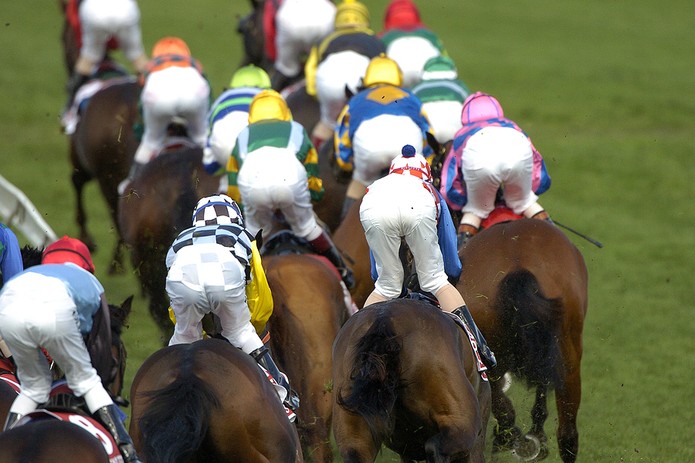
In the ‘olden’ days, there were no caps on the number of horses that could run in the Grand National, and that’s how a staggering 66 horses were able to contest the race in 1929 – the largest Grand National field in history.
As concerns about the safety of the race mounted, it was decided to limit the number of horses in the Grand National to 40. Between 2000 and 2022 there were also up to four reserves nominated should a non-runner(s) be declared.
How Have the Weights Changed?
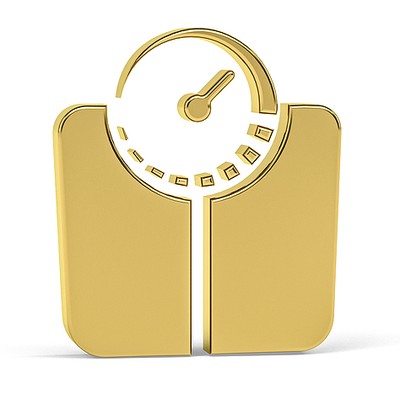 Once upon a time, horses in the Grand National were able to carry a staggering 12st 7lb – four horses, Cloister, Manifesto, Jerry M and Poethlyn, prevailed carrying this enormous handicap.
Once upon a time, horses in the Grand National were able to carry a staggering 12st 7lb – four horses, Cloister, Manifesto, Jerry M and Poethlyn, prevailed carrying this enormous handicap.
Thankfully, safety rules have gradually lowered the maximum weight over time to 11st 10lb (a rule implemented in 2009), with Red Rum the last winner to carry 12st or more back in 1974.
The minimum weight a Grand National horse can carry is 10st.
How Has the Prize Money Changed?
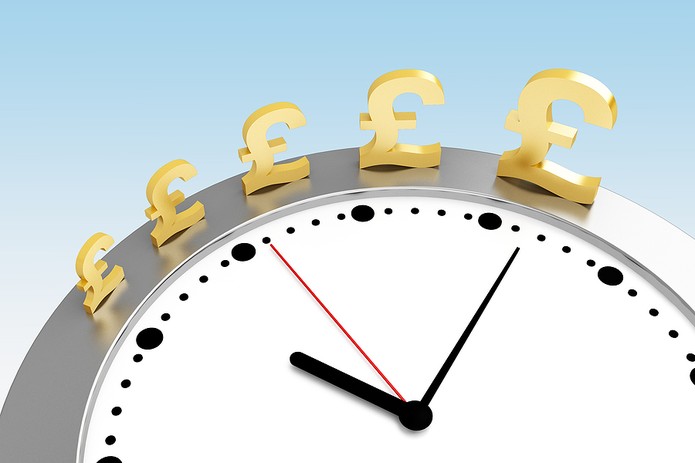
The 2022 Grand National will see a total prize fund of a cool £1 million, with the winner banking £500,000 for their connections.
The details about the prize fund for previous editions of the race are sketchy at best, although it is known that Grittar – who won the Grand National in 1982 – trousered a top prize of £52,507 for owner Frank H Gilman.
In 1939, the field competed for a total prize fund of £10,000, to offer a flavour of the race’s development!
What TV Channel is the Grand National On?
 These days, it’s the excellent ITV Racing that will show the Grand National as part of their wall-to-wall coverage of the Aintree spectacle.
These days, it’s the excellent ITV Racing that will show the Grand National as part of their wall-to-wall coverage of the Aintree spectacle.
But it hasn’t always been that way. The BBC used to have the rights to broadcast the festivities, and from 1927 to 1959 they did so via the radio. The first televised edition of the Grand National followed in 1960, and it would remain on the Beeb until 2013.
At that point, Channel 4 became the home of horseracing on terrestrial TV. The Grand National had a short stay there, from 2013 to 2016, before ITV took the reins in 2017.